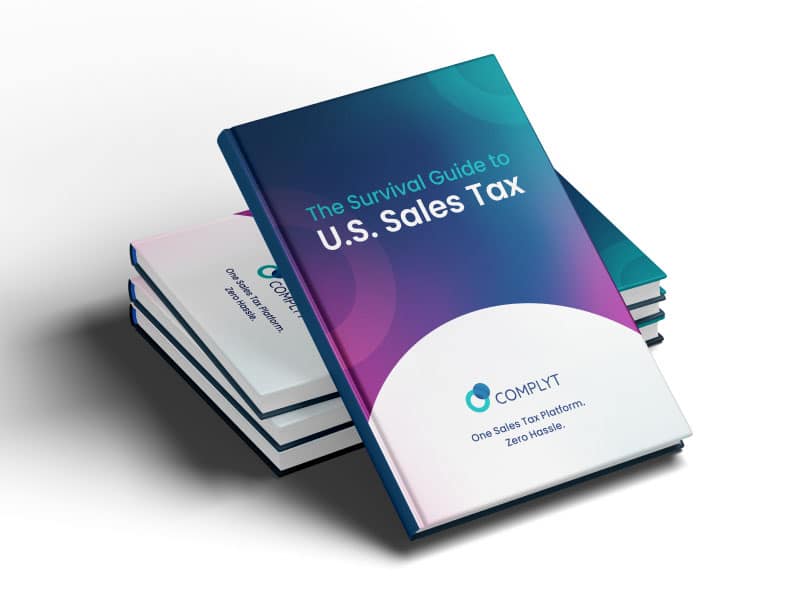What is the sales tax rate in Montana?
Montana is unique among states in the United States because it does not have a general sales tax. The state of Montana has chosen not to impose a statewide sales tax on the purchase of goods or services.
However, certain municipalities and resort communities have the option to impose a local sales tax. These local sales taxes are specific to the city or community and are used to fund local infrastructure and services. The rates for these taxes can vary, so it’s essential to check the local tax rates in the area where your business operates.
Sales Tax Montana: Am I at risk of exposure?
Because Montana does not have a general sales tax, most businesses in the state do not need to collect sales tax on their sales of goods or services. However, if your business is located within a municipality or resort community that imposes a local sales tax, you may be required to collect and remit that tax.
The rules for collecting local sales tax in Montana can vary by municipality, so it’s essential to familiarize yourself with the specific tax regulations in the area where your business operates.
Montana Physical Sales Tax Nexus
Although Montana does not have a statewide sales tax, businesses located in areas with a local sales tax may still have a physical nexus, making them subject to local tax regulations.
A physical nexus can be established if your business has:
- A physical location, such as an office or store
- Employees present in the municipality or resort community
- Property, such as inventory or equipment
If your business has a physical nexus in an area with a local sales tax, you may be required to collect and remit that tax.
Montana Economic Nexus Threshold: Revenue, Thresholds and Transactions
In Montana, the concept of an economic nexus applies only to businesses located in municipalities or resort communities that impose a local sales tax. To determine whether your business has an economic nexus in such an area, consider the following:
- The revenue generated from sales within the municipality or resort community
- The number of transactions conducted within the area
Local tax regulations will define the specific thresholds for establishing an economic nexus, so be sure to consult the local tax authority in your business’s area.
Which services are taxable in Montana?
As Montana does not impose a general sales tax, most services in the state are not subject to sales tax. However, certain municipalities and resort communities may impose local sales taxes on specific services. The list of taxable services can vary depending on the local tax authority’s regulations.
If your business operates within an area with a local sales tax, you may need to charge sales tax on the following services:
- Accommodations (e.g., hotel stays)
- Rental of personal property
- Guided tours or recreational services
It is crucial to consult with the local tax authorities in which you may have established a nexus to understand the specific services that may be subject to sales tax within your municipality or resort community.
Montana Sales Tax on Products: How to Calculate What Your Business Should be Charging
While Montana does not have a statewide sales tax, businesses in municipalities or resort communities that impose a local sales tax may need to collect tax on specific goods. To calculate the sales tax, follow these steps:
- Determine if the product is subject to local sales tax.
- Identify the local sales tax rate for your municipality or resort community.
- Multiply the sales tax rate by the product’s selling price.
For example, if your business operates in a resort community with a 3% sales tax rate and you sell a product for $100, you would charge an additional $3 in sales tax (3% of $100).
How much is Montana clothing tax?
Montana does not have a statewide sales tax, so there is no general sales tax on clothing. However, local sales taxes in certain municipalities and resort communities may apply to clothing purchases. Consult your local tax authority to determine if your business should charge sales tax on clothing and the applicable rate.
Montana Online Sales Tax: Unraveling digital goods and SaaS sales tax Montana
Montana does not impose a general sales tax on digital services, including Software as a Service (SaaS). However, local sales taxes may apply to these services within certain municipalities or resort communities.
So concepts like Montana SaaS sales tax are of no concern. But local municipalities may deem these digital services taxable, which makes online tax compliance rather tricky in Montana.
How can a business get a sales tax permit in Montana?
Although Montana does not have a general sales tax, businesses that operate in municipalities or resort communities with local sales taxes may need to obtain a sales tax permit in these jurisdictions.
Collecting Sales Tax in Montana as a Business
If your business operates in a municipality or resort community with local sales taxes, you must collect and remit the appropriate sales tax on taxable goods and services.
To collect sales tax in local Montana jurisdictions:
Verify local tax rates: Check the local sales tax rate within your municipality or resort community. These rates may vary by location and type of product or service.
Identify taxable items: Determine which goods and services are subject to local sales tax.
Calculate sales tax: Multiply the local sales tax rate by the price of the taxable items.
Collect sales tax: Add the calculated sales tax to the total amount charged to customers during the transaction.
Maintain records: Keep accurate records of all sales transactions, including the collected sales tax.
File sales tax returns: File sales tax returns and remit the collected tax to the local tax authority according to their schedule and requirements.

